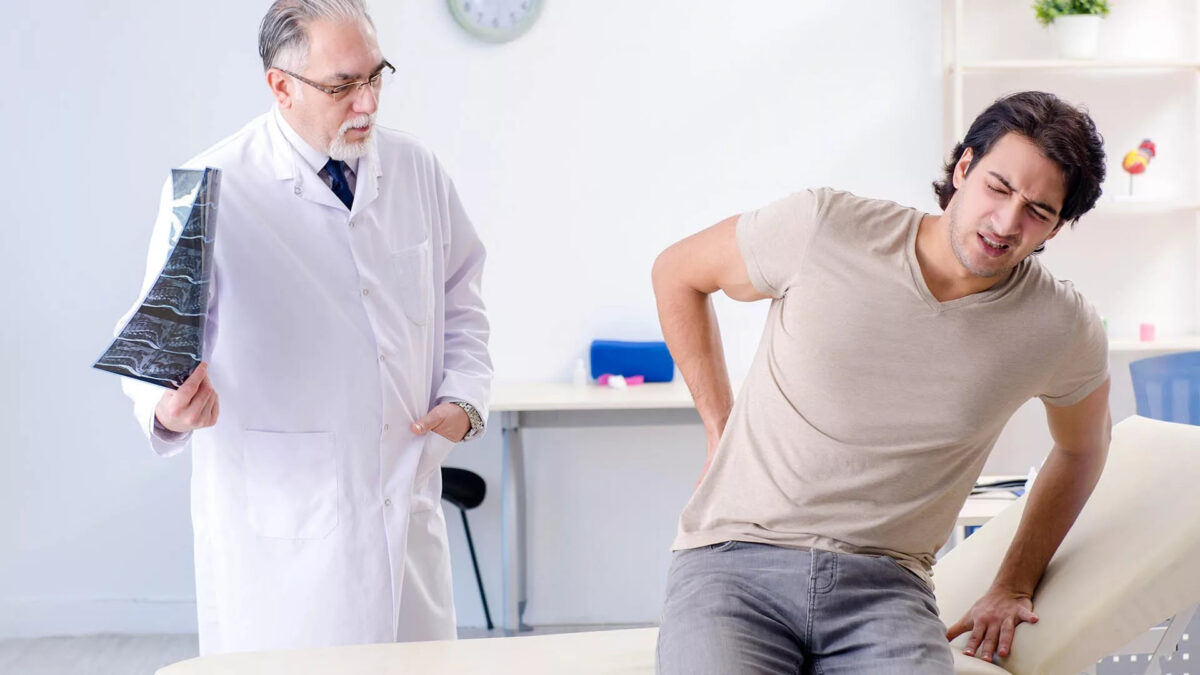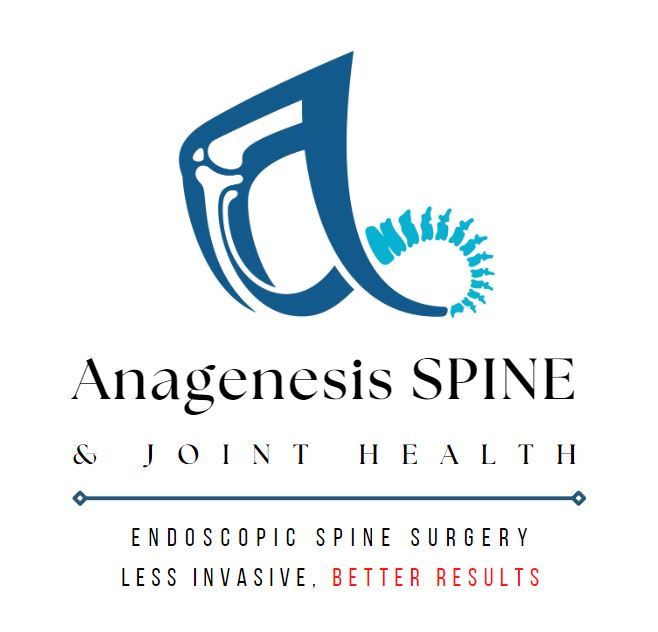Spinal Stenosis

What is Spinal Stenosis?
Spinal Stenosis is a narrowing of the canal of the spine that can cause pressure to be placed on the spinal cord and nerves of the spine. In a healthy spinal column, nerve roots leave the spine via nerve root canals unrestricted. Spinal stenosis occurs when bone and soft tissues begin to grow over top of the vertebrae and end up covering the nerve root canals.
The most common types of spinal stenosis are Lumbar Spinal Stenosis and Cervical Spinal Stenosis. Lumbar Spinal Stenosis is more common while Cervical Spinal Stenosis is more dangerous.
The most common cause of Spinal Stenosis is a natural wear and tear due to the aging process in which ligaments may thicken, herniated discs or bulging discs may occur and cysts may form. Arthritis and spinal injuries are also seen as causes for Spinal Stenosis.
What are the symptoms of Spinal Stenosis?
It is possible to have Spinal Stenosis and have no signs or symptoms of having the condition. In those who do have symptoms, they usually are gradual symptoms and may become worse over time. Spinal Stenosis causes constriction to the nerve roots and can lead to a number of painful and unpleasant symptoms as a result. The most common symptoms of Spinal Stenosis include:
- Lower back pain
- Leg cramping
- Leg discomfort
- Numbness, weakness or tingling in your leg, foot, hand or arm
- Decreased physical activity
Cervical Radiculopathy Treatment
At Anagenesis Spine & Pain Medicine, personalized treatment plans are designed for each individual patient by our expert staff. Common treatments for Spinal Stenosis at Staten Island Pain Care include:
- Physical Therapy
- Epidural Steroid Injections
- Platelet Rich Plasma Injections
- Stem Cell Injections
- Surgical Decompression

